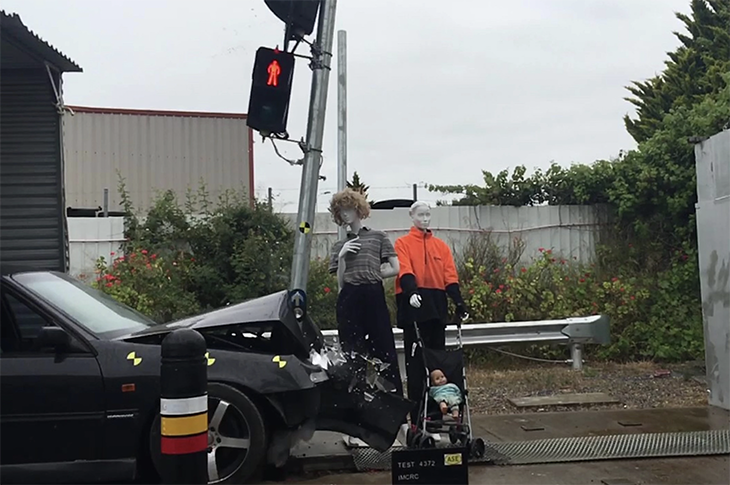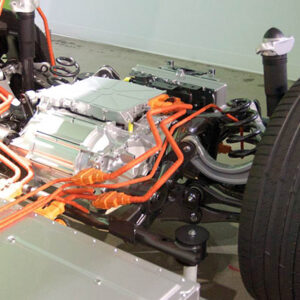
In Australia, drivers pay around $90 million a year for damages and injuries occurring from collisions with traffic lights alone. This is why one firm is hopeful about a revolutionary new type of flexible traffic post that will possibly lessen this amount by a huge amount.
The man behind this new flexible traffic posts is Dr. Mohammad Uddin of the University of South Australia. He said, “Recent statistic show that in Australia, traffic light collisions cost $18.5 million a year in fatalities, $53.7 million for injuries and up to $16 million annually to repair, install and maintain traffic lights.”
The idea behind these so-called flexible traffic light posts is to protect drivers and the poles during incidents of accidents, and to bring the excessive amount of damages down as well. The hope is that they will be up and ready for use in the Land Down Under by sometime next year.
For the most part, traffic light poles and streetlights are pretty rigid and immovable, which is really not good for drivers, especially in traffic accidents. And while it’s normally the vehicle, driver and if applicable, the passengers that are most at risk, there are times when these poles receive a strong enough collision that causes them to snap or break since they hardly have any flexibility.
What this usually means is that aside from the danger that the driver and passengers may be in from the crash, the cost of the repair process, and even the traffic cops on duty for the state’s officers, it also means the pole will fall down much like a tree does when hit by axe, possibly causing more injury to both the motorist and the car as well.
According to a report in News Atlas, Dr. Uddin is working to ‘replicate this revolution and crate a flexible version of the bottom, collision-risk section of the basic streetlight.’ He is also partnering with an Australian company Impact Absorbing Systems to aid in manufacturing these new types of poles.
Much like the way iron swords were made back in the Middle Ages, they would snap when bent in battle. But when steel came about, it changed the way swords were made by allowing them to bend but also go back to the original shape without breaking.
How these new streetlights will be made is to mount them into a bollard buried under the concrete on the side of the road. By turning the bottom portion of the bollard into a cone-shaped cavity with the wider end of the cone at the top, the cavity will then be filled with polyurethane foam to make it more pliable.
While the lamp stands straights up, if it happens to get hit by a car, the foam inside the cavity will compress and allow the pole to tile and move with the impact. This way, it will lessen the damage that may occur to the car, the pole and more importantly, the driver and passengers, if any, of the vehicle.
As for Dr. Uddin, “We expect these new energy-absorbing traffic lights (EATL) will be the standard model going forward, not only for new installations but also to gradually replace existing lights.”
What are your thoughts? Please comment below and share this news!
True Activist / Report a typo


